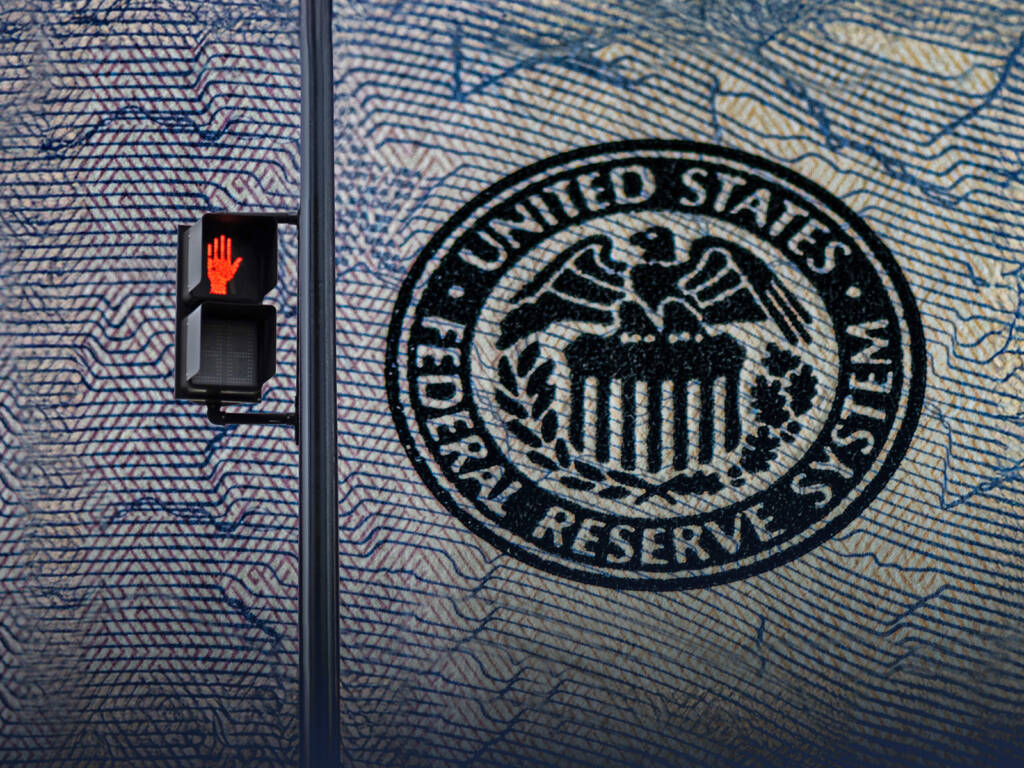The financial landscape is undergoing a seismic shift, driven by technological advancements and evolving regulatory requirements. At the forefront of this transformation is the FedWire migration to the ISO 20022 messaging standard for wires, scheduled for July 14, 2025. Yet, despite the clear deadline and the potential benefits, many banks remain unprepared or unaware of the magnitude of this transition.
The migration to ISO 20022 signifies more than just a technical upgrade; it represents a significant shift to modernize a legacy payments rail. This new standard introduces structured fields for longer names and specific address components for example, as well as a standardized format for extended remittance information. Furthermore, it aligns the U.S. with global payment standards, ensuring interoperability and efficiency across borders.
However, the journey toward compliance is fraught with challenges. The timeline is tight, with testing deadlines set well before the official cutover date. With the clock ticking, banks must act swiftly to ensure their bank is ready on Day 1. The vendor selection process is critical, as banks need partners with extensive ISO 20022 experience and the capability to future-proof their systems.
The consequences of non-compliance are dire. Failure to migrate will render banks unable to send or receive wires, jeopardizing their ability to participate in essential financial transactions. Moreover, the U.S. risks losing its position as a global financial leader, as other economies embrace ISO 20022 standards.
To ensure a smooth transition, banks must adopt a proactive approach to compliance. This entails conducting thorough assessments of their current systems, engaging with vendors early in the process, and collaborating with industry peers to mitigate risks collectively. By embracing the challenges of migration, banks can position themselves for long-term success in an increasingly interconnected world.
In addition to compliance, banks must also consider the strategic implications of the FedWire migration. By embracing ISO 20022 standards, banks can unlock new opportunities for innovation and collaboration. From enhanced data analytics to streamlined payment processing, ISO 20022 promises to revolutionize the financial landscape.
The migration to ISO 20022 also presents an opportunity for banks to strengthen their competitive advantage. By modernizing their infrastructure and embracing emerging technologies, banks can enhance their operational efficiency and customer experience. Moreover, ISO 20022 opens doors to new revenue streams and business models, empowering banks to capitalize on the evolving payments ecosystem.
In conclusion, the FedWire migration represents a watershed moment for the U.S. banking sector. The time for action is now, and banks must seize the opportunity to modernize their infrastructure and embrace the future of payments. Those who fail to adapt risk being left behind in an evolving financial landscape. By prioritizing compliance, strategic planning, and collaboration, banks can navigate the complexities of migration and emerge stronger and more resilient.
To learn more about the ISO 20022 messaging standard, the Federal Reserve’s plans and timelines, and what adoption means for your bank, download the Celent white paper, Staying Ahead of the Fedwire Migration to ISO 20022: Strategies for Success.







